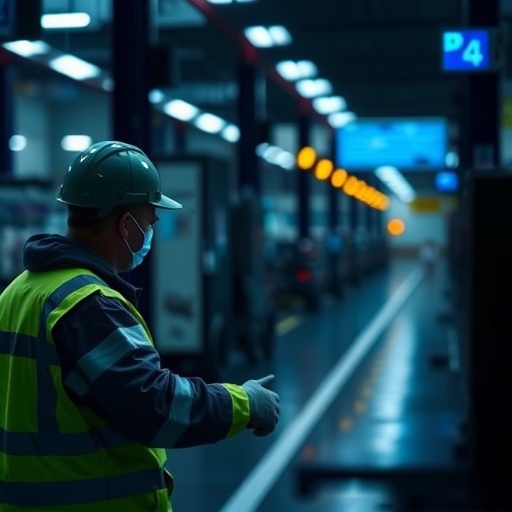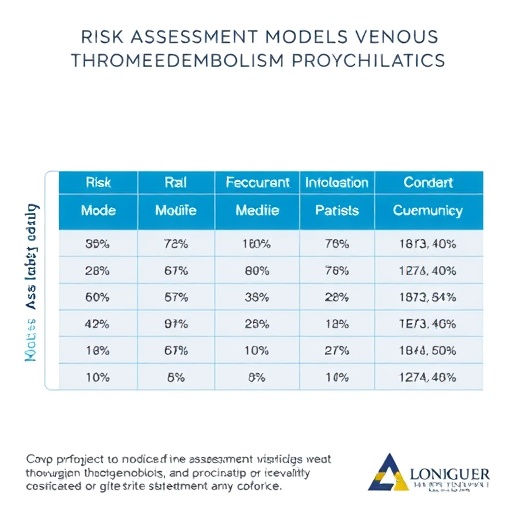Lithium-ion batteries have become essential in everyday technology. But these power sources can explode under certain circumstances and are not ideal for grid-scale energy storage. Sodium-ion batteries are potentially a safer and less expensive alternative, but current versions don't last long enough yet for practical use. Now, scientists have developed an anode material that enables sodium-ion batteries to perform at high capacity over hundreds of cycles, according to their report in the journal ACS Nano.
For years, scientists have considered sodium-ion batteries a safer and lower-cost candidate for large-scale energy storage than lithium-ion. But so far, sodium-ion batteries have not operated at high capacity for long-term use. Lithium and sodium have similar properties in many ways, but sodium ions are much larger than lithium ions. This size difference leads to the rapid deterioration of a key battery component. Meilin Liu, Chenghao Yang and colleagues wanted to find an anode material that would give sodium-ion batteries a longer life.
The researchers developed a simple approach to making a high-performance anode material by binding an antimony-based mineral onto sulfur-doped graphene sheets. Incorporating the anode into a sodium-ion battery allowed it to perform at 83 percent capacity over 900 cycles. The researchers say this is the best reported performance for a sodium-ion battery with an antimony-based anode material. To ultimately commercialize their technology, they would need to scale up battery fabrication while maintaining its high performance.
###
The authors acknowledge funding from Guangdong Innovative and Entrepreneurial Research Team Program, the Project of Public Interest Research and Capacity Building of Guangdong Province, Pearl River S&T Nova Program of Guangzhou, the National Natural Science Foundation of China, the Natural Science Foundation of Guangdong Province and the China Postdoctoral Science Foundation.
The abstract that accompanies this study is available here.
The American Chemical Society is a nonprofit organization chartered by the U.S. Congress. With nearly 157,000 members, ACS is the world's largest scientific society and a global leader in providing access to chemistry-related research through its multiple databases, peer-reviewed journals and scientific conferences. ACS does not conduct research, but publishes and publicizes peer-reviewed scientific studies. Its main offices are in Washington, D.C., and Columbus, Ohio.
To automatically receive news releases from the American Chemical Society, contact [email protected].
Follow us on Twitter | Facebook
Media Contact
Katie Cottingham
[email protected]
301-775-8455
@ACSpressroom
http://www.acs.org
############
Story Source: Materials provided by Scienmag




